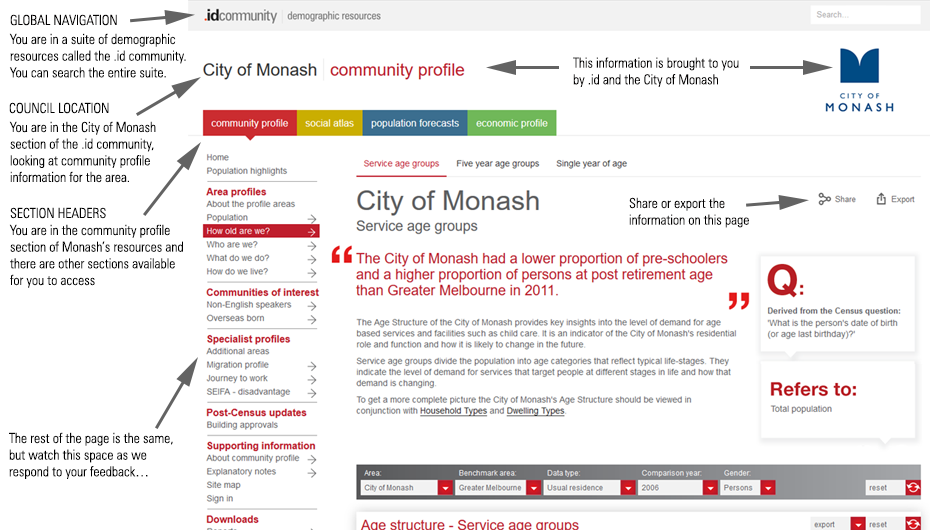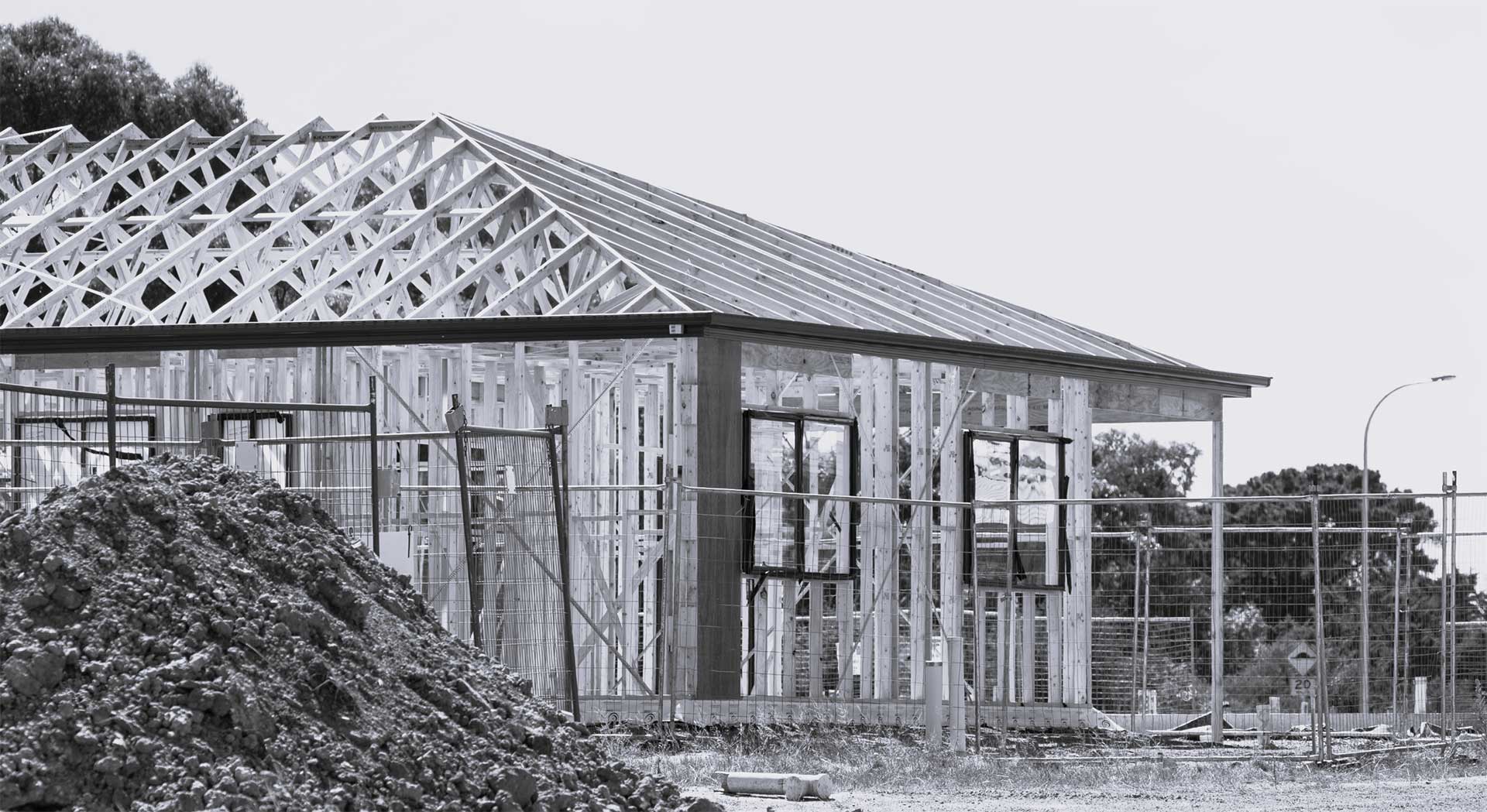In an effort to make our community of demographic websites more intuitive, we’ve been working on some new updates we are excited to share with you. Our User Experience Designer, Mike Dunbar has been spending time talking to our clients and watching how they navigate through our sites. Based on his discoveries, we’ll be rolling out some changes over the next few months to make it easier to find what you’re looking for. Here’s what we discovered and what we’re updating.
We call the collection of websites that we build for our local government clients (profile.id, forecast.id, atlas.id, economy.id) the ‘.id community’. There are over 600 of these sites built for and funded by local governments all over Australia and New Zealand. Together they are an incredible public source of local area information to inform decision making.
Every year, over 1.5 million users access .id’s community information websites. 75% of people first come to these websites through a Google search. While many users are from local councils, the sites are accessed by a broad variety of users from other organisations (e.g. community groups, local businesses, schools, universities, government agencies, and consultants) looking for local area information.
From their searches, users can arrive on any part of a local government website in the .id community (for example an age structure page in profile.id or an employment page in economy.id). There is a mix of users who have never visited these sites before, as well as casual and more frequent users. They are all looking to quickly understand the information, ensure that it’s supplied by a reputable source and find any further information available. Our customer research showed that from any page, users need to quickly work out that:
- the site is built by population experts and funded by local government
- they can find the same information for another area (either within that Local Government Area or in another LGA)
- they can access a breadth of information for the area they are researching (demographic, forecast, economic and mapping information).
To communicate this clearly, we’ve updated the top part of the .id community sites so that there is a clear hierarchy of information to help users navigate within the .id community – whether they are looking for lots of information about one place, or searching for information across multiple places. We’ve also taken the opportunity to modernise the look of the sites with a crisp, clean design.

This is the beginning of a series of changes that we’ll be making, and we’ll keep you updated as we go in our what’s new? blog.
We’d love to hear your feedback, so leave us a comment to tell us what you think about the new navigation updates.
The .id community consists of more than 600 websites for over 250 local government areas and their suburbs across Australia and New Zealand. Local governments fund these tools and make them available as a public resource to help communities make informed decisions. Access .id community resources here.










